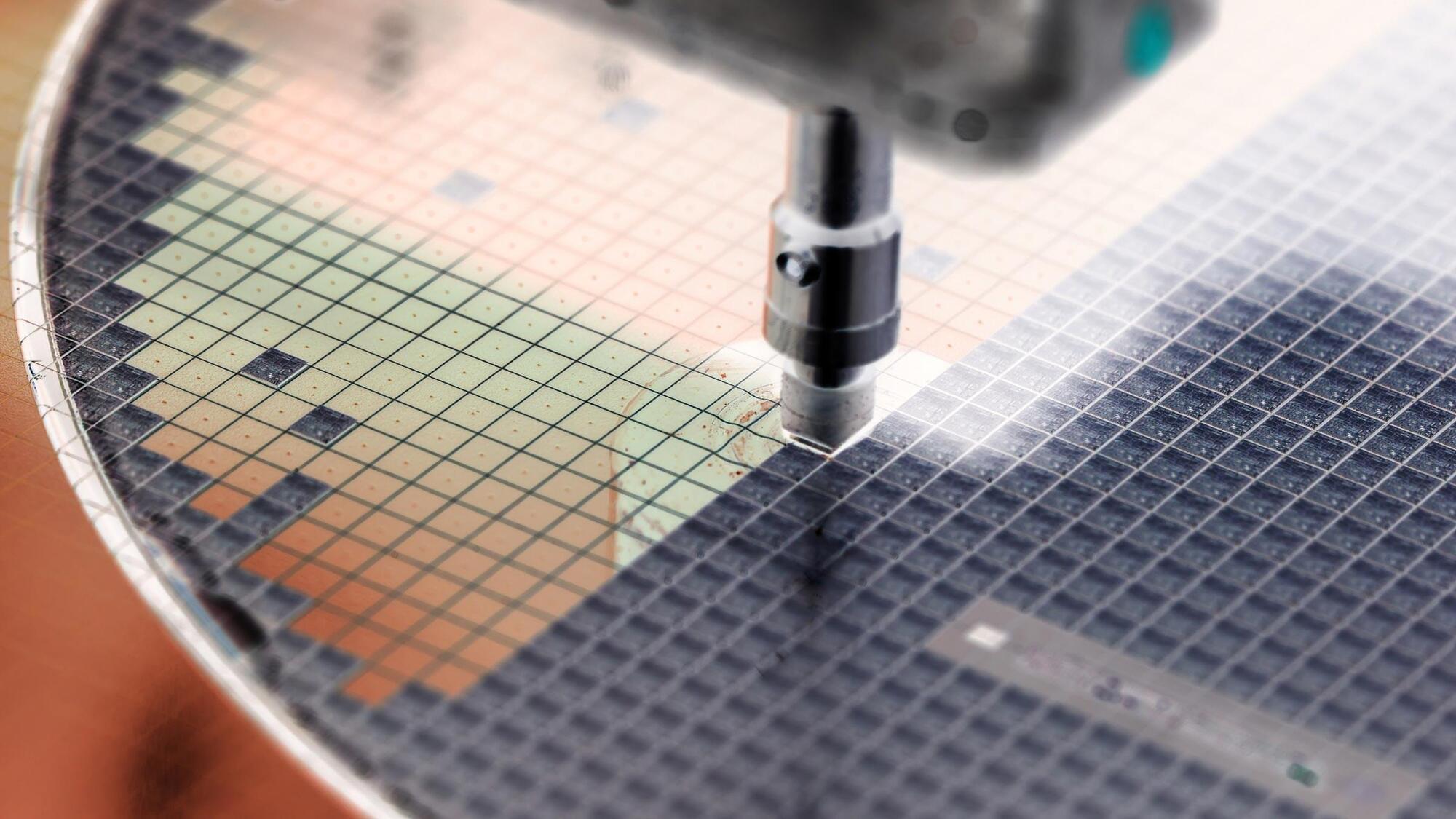Guid Oei explains how it will become possible to let premature babies survive inside an artificial womb. Video | Omroep Brabant.
Get the latest international news and world events from around the world.
Artificial Wombs Are on the Verge of Human Trials. SEE to believe!
This week, The Circuit explores the cutting-edge technology of artificial wombs! Discover how engineers and scientists are working to save premature babies and even endangered species.
In this episode, we look at:
• The development of artificial womb technology for human preemie babies.
• How the Okinawa Churaumi Aquarium is using artificial wombs to save.
shark embryos.
• How bioengineers were able to grow a premature lamb in a biobag.
Artificial wombs represent a fascinating intersection of biology and engineering.
What are YOUR thoughts on the artificial womb? Amazing or frightening?
#ArtificialWomb #Preemies #SharkConservation #Biology #Engineering #NeonatalCare #MedTech #TheCircuit #Pregnancy #Doctors #Hospital #Healthcare

Could Light Therapy Be the Key to Easing Alzheimer’s Symptoms?
Light therapy is emerging as a promising, non-pharmacological treatment for Alzheimer’s.
Alzheimer’s disease is a progressive neurological disorder that primarily affects older adults, leading to memory loss, cognitive decline, and behavioral changes. It is the most common cause of dementia. The disease is characterized by the buildup of amyloid plaques and tau tangles in the brain, which disrupt cell function and communication. There is currently no cure, and treatments focus on managing symptoms and improving quality of life.

How Your Brain’s Hidden Messaging System Powers Learning
This study highlights how neurons communicate over long distances within the brain, solving a mystery about how signals from distant synapses reach the nucleus to trigger gene expression.
Unlocking the Secrets of Brain Cell Communication
A new study published in the Journal of Neuroscience reveals how brain cells transmit vital signals from their outer branches to their nucleus, triggering the activation of genes essential for learning and memory.

Hydrogen in Minutes: The Microwave Innovation Changing Clean Energy
Scientists have unlocked a groundbreaking way to produce clean hydrogen using microwaves, drastically reducing the extreme heat required for conventional methods.
By harnessing microwave energy, the team lowered the reaction temperature by over 60%, making hydrogen production far more efficient and sustainable. A key breakthrough was the rapid creation of oxygen vacancies, essential for splitting water into hydrogen, in just minutes rather than hours.
Revolutionizing Hydrogen Production with Microwaves.

Scientists Discover a Game-Changing Way to Etch 3D NAND Memory
To improve data storage, researchers are perfecting 3D NAND flash memory, which stacks cells to maximize space.
Researchers have discovered a faster, more efficient way to etch deep holes in 3D NAND flash memory using advanced plasma.
Plasma is one of the four fundamental states of matter, along with solid, liquid, and gas. It is an ionized gas consisting of positive ions and free electrons. It was first described by chemist Irving Langmuir in the 1920s.
NASA Unveils a Hidden Universe of Supermassive Black Holes
NASA, the National Aeronautics and Space Administration, is the United States government agency responsible for the nation’s civilian space program and for aeronautics and aerospace research. Established in 1958 by the National Aeronautics and Space Act, NASA has led the U.S. in space exploration efforts, including the Apollo moon-landing missions, the Skylab space station, and the Space Shuttle program.

Why even physicists still don’t understand quantum theory 100 years on
Everyone has their favourite example of a trick that reliably gets a certain job done, even if they don’t really understand why. Back in the day, it might have been slapping the top of your television set when the picture went fuzzy. Today, it might be turning your computer off and on again.
Quantum mechanics — the most successful and important theory in modern physics — is like that. It works wonderfully, explaining things from lasers and chemistry to the Higgs boson and the stability of matter. But physicists don’t know why. Or at least, if some of us think we know why, most others don’t agree.
Interstellar Travel Breakthrough: Scientists’ Bold Plan to Reach Alpha Centauri
Is humanity on the verge of its greatest journey? Scientists are working on an ambitious plan to send a spacecraft to Alpha Centauri, our closest star system, within a human lifetime. Using cutting-edge technology like light sails, laser propulsion, and AI-driven navigation, this project could redefine space exploration forever. How will we overcome the challenges of interstellar travel? Could this be our first step toward colonizing other star systems? Let’s dive into the science, the possibilities, and the future of humanity beyond our solar system!
🔹 How can we travel to Alpha Centauri in just 40 years?
🔹 Breakthrough Starshot: The project aiming for interstellar speeds.
🔹 The science behind light sails & laser propulsion.
🔹 Challenges of deep-space communication & survival.
🔹 What happens if we actually reach another star?
🚀 Join us as we explore the next giant leap for humanity!
Chinese Business Owner Admits Smuggling Nvidia High-End Chips; Deepseek Core Member Worked at Nvidia
The person in the video is Su Ji, the founder of Garage Café. After struggling to keep his business afloat, he turned to smuggling high-tech products from the US and created a platform called Kunlun Nest. In another video, Su Ji continued to boast about smuggling, explaining how he bypassed US sanctions to acquire 200 NVIDIA H200 graphics cards.
Join this channel to get access to perks:
/ @chinaobserver0
#chinaobserver.
All rights reserved.
⭐You can support us at: https://donorbox.org/china-observer-s… business cooperation, please contact us: [email protected].
⭐For business cooperation, please contact us: [email protected]